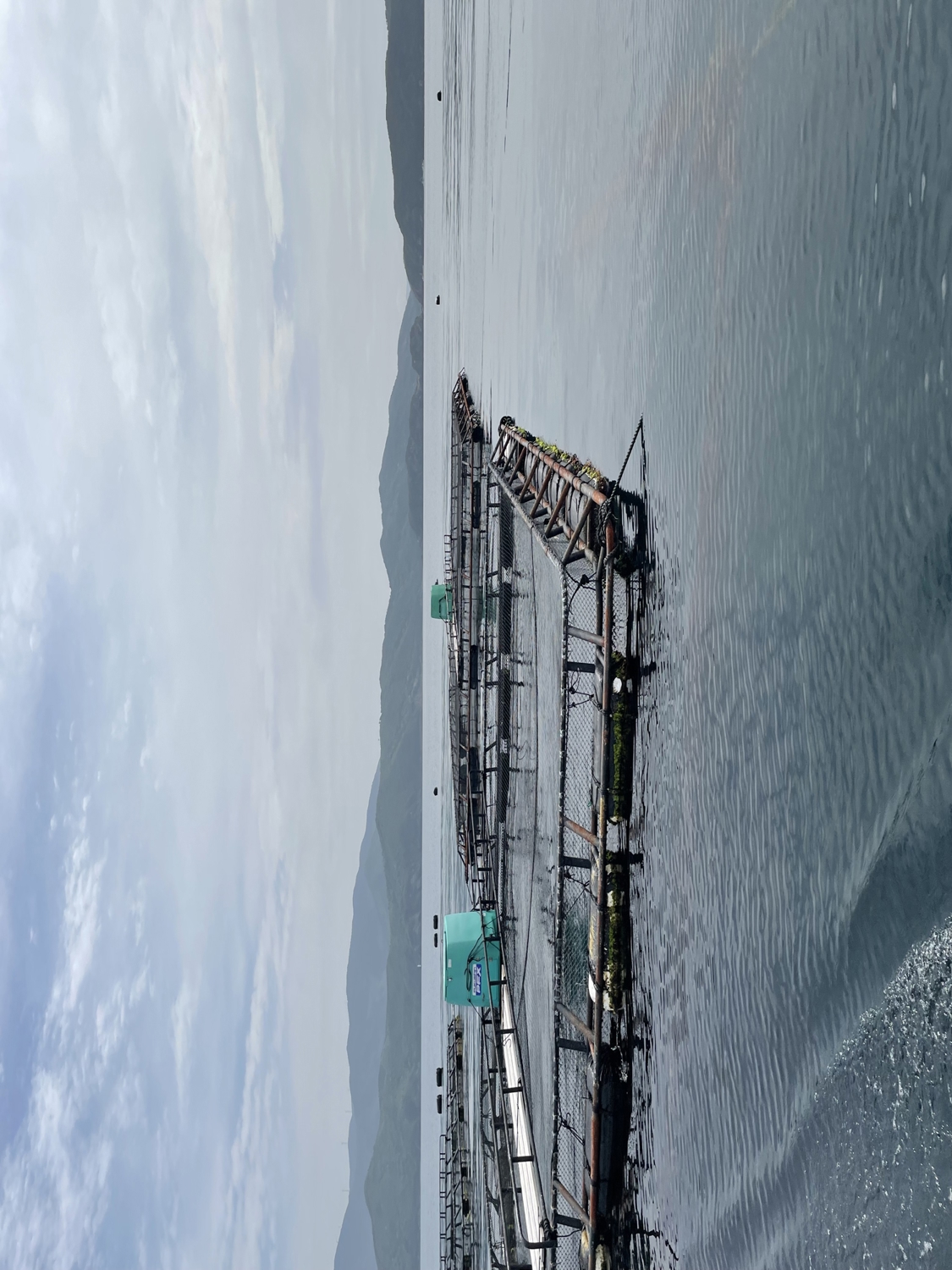Yamani Nakata Suisan operates a red sea bream and striped jack farm around Japan's Mitsuhata Island, and they raise their red sea bream on Skretting's Nutra and Extreme diets.
Case study: Yamani Nakata Suisan

The company was founded in 1964 by Tomonori Nakata's grandfather, and Tomonori has been involved in the family business since he was 20. At the age of 33 he took over the business and he is now 45 years old. Two years ago, they also started farming chub mackerel.
Nakata-san believes that the first stage of fish farming is the most important. He has been feeding his red sea bream fry with Nutra for over 10 years. He says, ‘Although the unit price is higher than that of ordinary fry feed, by creating a strong base for the “babies” when they are young, we can expect to see improvements in their growth and weight gain later on. As a result, the total feed cost until shipment is reduced.’
The hatchery grown fry (born in autumn) that are stocked into the sea pen in April are around 13cm long and weigh around 50g on average, and are raised on Nutra for around 4 months. ‘It's soft, so it's easy for the fish to eat and they have a good appetite for it. The FCR in the early stages is around 0.7, which is less than 1, and they continue to perform well in terms of growth and yield,’ he says.
After being raised on the high fishmeal feed Nutra, they are switched to the low fishmeal feed for red sea bream, Extreme, also made by Skretting. Nakata says, ‘Even with low fishmeal content, we can now raise fish to the same size as those fed on regular feed.’ The fry that were put into the pen in April reached 500g in December, and by the second summer they had grown to 1.2kg, and by the third summer they had grown to 3kg. Getting their fish to 3kg in as little as 2 years and 4 months makes them among the fastest producers in the Nanyo region, which is famous for its red sea bream farming. The red sea bream that are raised to a size of 3kg are exported to South Korea via trading companies.
Nakata cites the ‘consistency of quality’ as one of the advantages of Skretting products. Generally, the quality of fishmeal used in compound feed differs from region to region, and even within the same region, there are differences from year to year. He says, ‘We have been using Skretting products for over 10 years, and we have a sense of security about their quality.’ If the fish are not growing well, they are able to eliminate quality of feed as one of the factors, and consider other possible causes such as feeding method or fishing environment, and follow up with the appropriate action.
There are 20 fish pens (10 metres square). The fishing grounds are 60 metres deep, with a summer sea temperature of 29 degrees and 15 degrees in winter. The company regularly monitors the environment of its fishing grounds (quantifying the amount of sulphur compounds), and it is adopting sustainable aquaculture practices that meet global standards, including no-medication aquaculture and aquaculture that does not pollute the sea, for the benefit of the next generation.
We have been using Skretting products for over 10 years, and we have a sense of security about their quality.
